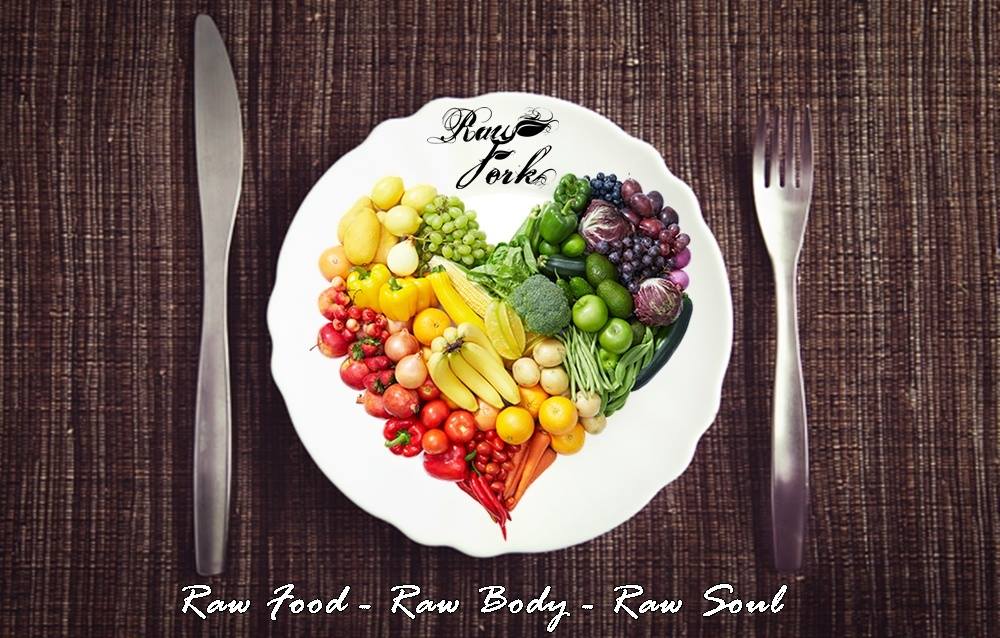
Continuing my diet series, we come to the most important part of it: the food itself. Paleo, gluten-free, low-fat, low-carb, Atkins, vegetarian, vegan, GAPS, traditional, raw, intermittent fasting…with so many varying dietary theories, it is easy to get confused and overwhelmed. Which of these methods will work for you?
Each of the above diets has their own benefits and drawbacks, and I will expand on each of them in this blog series. It is important to note that nutritional sciences, unlike any other “hard science”, is not governed by universally agreed upon “laws,” as pointed out by Joshua Rosenthal, founder of IIN. There is no “one size fits all” approach, and one person’s treat may be another’s poison. Instead, the perfect diet is highly bio-individual, and all depends on what works best for a specific person. Factors such as ancestry, genes, blood type, gender, age, environment, and state of physical/emotional health, all influence the nutritional demands for an individual. These needs may also change throughout a person’s lifetime. Periods of raw cleanses and fasts, for example, may benefit a person in the short-term, while a mix of vegetarian, paleo or traditional diet may suit them at other times in their life. Pregnant women may have higher protein and animal requirements then they may normally need otherwise. Similarly, athletes have different requirements from those with less physical demands.
However, there are a couple of universal truths that the leading experts in all fields of nutrition seem to agree on. It can be summarized by the coined phrase, “eat food, not too much, mostly plants,” by Michael Pollen, author of In Defense of Food: An Eater’s Manifesto. Specifically, the top things experts all agree on are the following (a good list can also be found here):
1. Eat real food. Period. Shop the periphery of the grocery store for things that are not processed or packaged, things without nutrition labels; things that appear in nature, preferably grown organically and/or purchased from farmers’ markets.
2. Drink water when thirsty. Minimize consumption of liquids that are not water, such as caffeinated beverages, soda, juice, alcohol.
3. Avoid sugar or artificial sweeteners! Sugar is ubiquitous, and sources of it include not only what you add to food, but are also hidden in packaged products, such as “healthy” breakfast cereals, and restaurant meals. Sugar raises blood insulin, which turns on a lot of metabolic and hormonal pathways, eventually leading to fat storage of all excess sugars/carbohydrates and insulin resistance/diabetes.
4. Eat a diet rich in plants, mostly vegetables and moderate in fruit. Green, leafy vegetables such as kale and cruciferous vegetables such as broccoli are rich in nutrients, minerals and vitamins, as well as fiber and water content. Fruit also contain antioxidants and fiber in their skin, such as pectin, but have more sugar than vegetables so should be eaten more sparingly.
5. Consume healthy fats, mostly plant-based. Fats high in omega-3 can be found in avocados, coconut milk, nuts such as walnuts, and seeds such as pumpkin and flax/chia. Animal sources include wild-caught salmon and other fish, organic eggs, and good quality dairy products such as raw goat/cow (whole) milk and cheese. Fats are the preferred source of energy fuel and help metabolize other fat in our bodies as well as increase HDL (‘good’) fat and lower cholesterol and LDL (‘bad’) fat. It also adds flavor to our foods and keeps us satisfied and fuller for longer, decreasing cravings.
6. When cooking food, use the least destructive method, such as light steaming or quick-boiling, to preserve the maximum nutrient and enzyme content. Do not eat fried foods, as the frying process creates free radicals which can damage your cells.
Please visit the Oldways Common Ground for additional resources regarding a general nutritional consensus. Just because there are many ways of eating and many expert opinions of dietary theories, doesn’t mean there is ambiguity of what is “healthy.” There are differences of course, but there are more similarities, and the above guidelines can be followed for a universal dietary advice.
Enjoy and comment if I’ve missed something!


